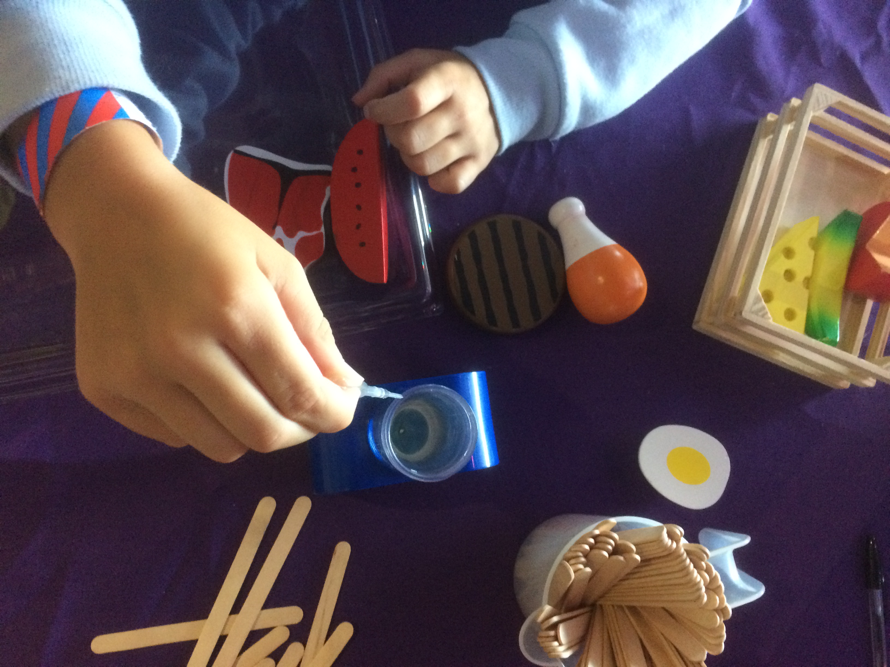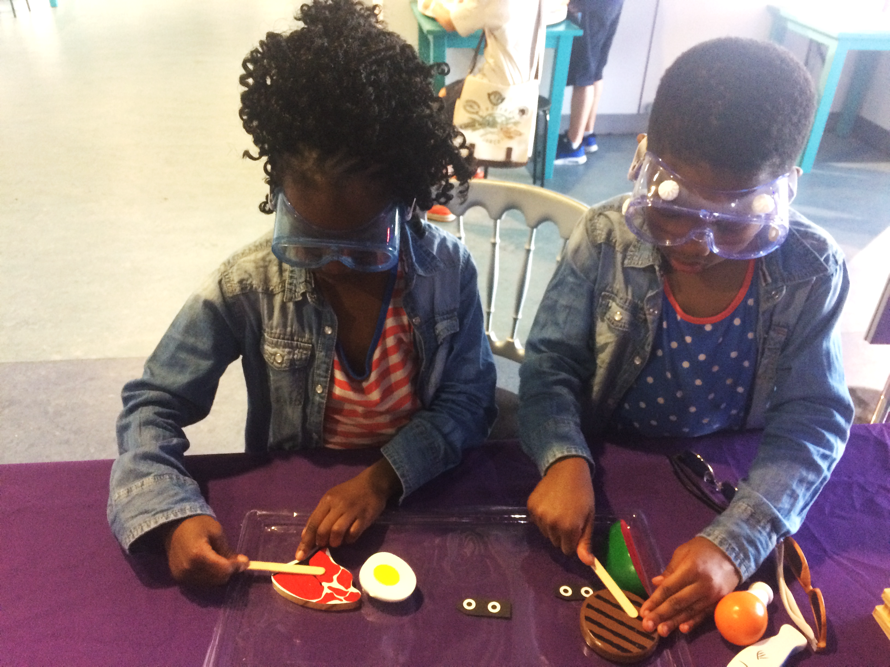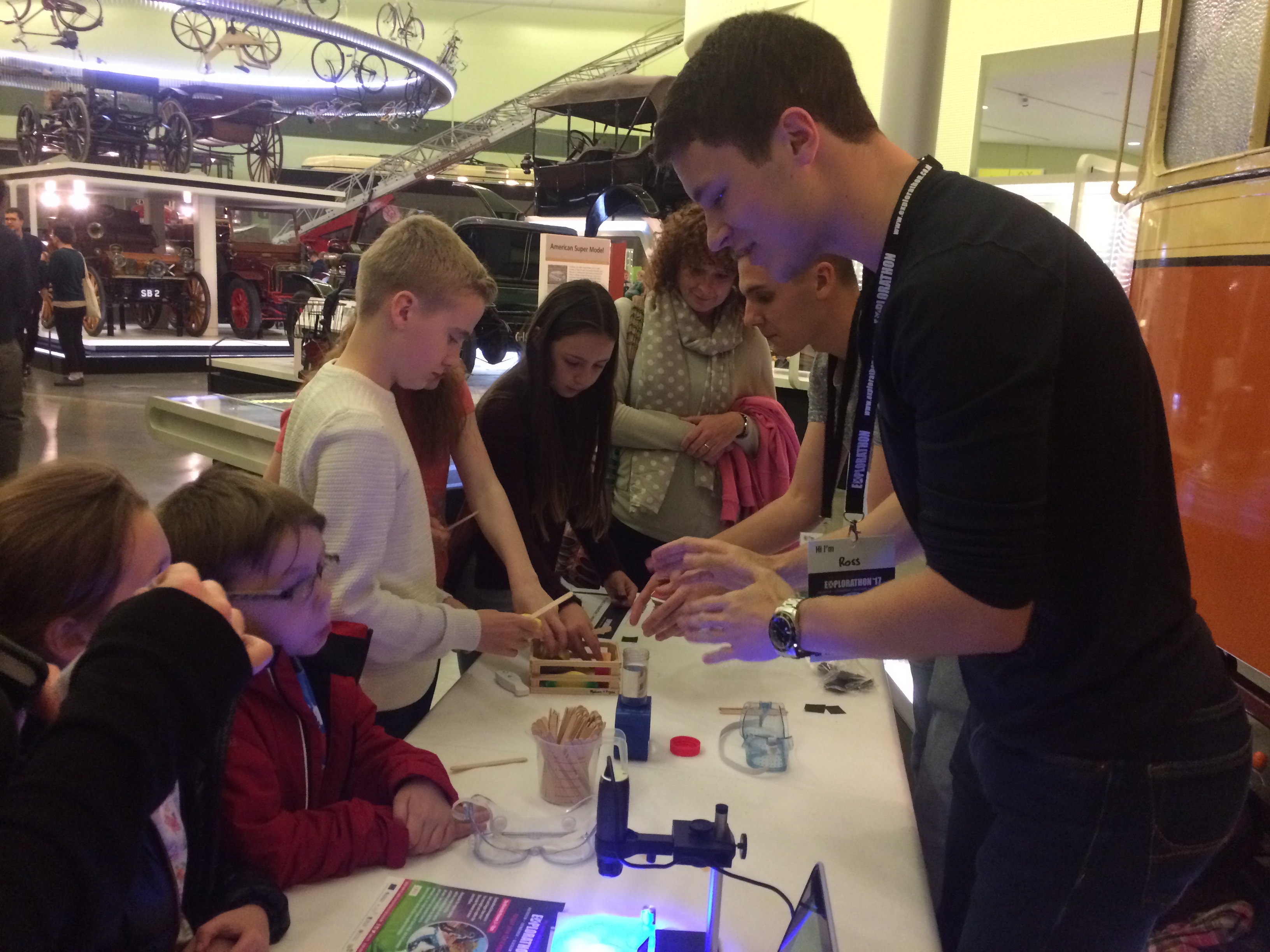Contents
Overview
As part of our public outreach activities, we decided to engage in activities that would raise awareness on the nature of foodborne related diseases and how to prevent them. We have noticed that, even though Campylobacter is the most common cause of food poisoning in the UK, a significant proportion of the population has never even heard of it. The FSA has estimated from research that most people don’t know about or don’t follow advice about handling and preparing raw chicken, and may not realise that they could be spreading dangerous germs. This usually happens because you can’t see it, smell it or even taste it on food; however, taking simple steps will stop it spreading and cooking poultry properly will kill it.
For this reason, we mainly aimed at raising awareness on the importance of adopting preventative measures against Campylobacter related infections. We thought that being more aware and informed on the dangers caused by Campylobacter, would result in adopting preventative measures that can further reduce the risk of food poisoning. So we aimed to both educate the public on both the issue of foodborne diseases themselves, and on measures that could potentially prevent them. Our project touches upon a health issue that could potentially affect anyone, therefore we wanted to publicise the project as well as interact with public audiences that gave us some feedback on the project. That helped us to have a good insight into public perception and feedback on the project, which was integrated to improve or change something in our approach.
“Meet the Expert” at the Glasgow Science Centre
The Glasgow Science Centre gave us the incredible opportunity to take part to the “Meet the expert” event in August 2017. Meet the Expert is an opportunity for kids and parents to meet and quiz scientists and specialists from a huge range of different fields. It is also an opportunity for scientists to present to the public their new innovations and get valuable feedback.
The activity we created was intended to raise awareness on the issue of foodborne diseases, and to educate kids on the fact that food poisoning might be caused by invisible bacteria we find in food. We were interested in explaining to kids and their parents that, even though we cannot see the bad bacteria in food, it is still present and if we do not know how to detect it, or do not cook our food properly, it will almost inevitably cause food poisoning.
The activity we ideated involved the use of a Dino-Lite portable digital microscope. The first approach was to let kids and visitors use the Dino-Lite to inspect their hands, so the magnification of them will show that even though we cannot see bacteria and dirt, they are there and their hands were not clean. From there we introduced them to the issue of the importance of detecting bacteria in food. Visitors would swab fake food, including some beautiful wooden chicken, and moved the swab on to a piece of paper that already had some invisible fluorescein in it. The paper was then inspected through the Dino-Lite that showed some incredibly bright stains that aimed to represent the invisible bacteria we find in food. For safety reasons, since fluorescein might cause eye irritation when come into direct contact, we used only a small volume of it which had already been added to the paper by a demonstrator prior to the activity. Visitors wore eye protection and gloves before taking part in the activity to reduce the risk of splashes reaching the eyes.
Both kids and visitors gave us incredibly positive feedback on the activity itself and we also engaged in some conversations with visitors that gave us their opinion on the project. We tried to collect opinions as well as feedback in order to integrate them into our work; the valuable opinions we collected from visitors was implemented into our project and you can have a look at it on our integrated human practices page.
Campus and School newsletter
As part of our public outreach activities we got involved with the public engagement office at the University of Glasgow. Our Information and Media Officer helped us throughout the entire duration of the project and we wrote a piece for both the School of Medical, Veterinary and Life Sciences and the Campus newsletter. The public engagement office asked us to write an article that would focus on the importance of iGEM and on explaining the aim and structure of the competition. In particular, we focused on explaining the aim of our project and the ethical implications that we found to be an essential part of our work from the very beginning. Our social science student, one of our advisors, and our supervisor for the project, spoke with the public engagement officer in order to give a better idea of what we were working on to both the general public, and anyone who could be interested within the academic environment. Once again, we also aimed to raise awareness on the issue of Campylobacter and foodborne diseases. We received exceptional feedback for the articles and attracted a lot of interest from both students and members of staff, which increased our public outreach significantly. You can have a look at our article on MyGlasgow News.
“Explorathon” at the Riverside Museum
Since we received an incredibly positive feedback at the “Meet the Expert” event, we decided to replicate the activity and use it for the Explorathon Extravaganza event at the Riverside Museum in Glasgow.
Explorathon is Scotland’s “European Researchers’ Night”. All across Europe on the last Friday in September the EU celebrated research and researchers with huge public engagement events. Explorathon is collaboration between the Universities of Glasgow, Strathclyde, Aberdeen, St Andrews and the four Edinburgh Universities. The event was funded by the European Commission under the Marie Skłodowska-Curie actions programme. The goal of Explorathon is to share our enthusiasm and our work. To show how relevant and exciting research can be. It is the chance for the people of Scotland to learn about the world leading research happening in our universities. In Glasgow last year over 400 researchers shared their work with 5,000 members of the public; this year’s Glasgow’s European Researchers Night was one of the most successful yet. At the Riverside Museum, where we presented our project idea, we saw over 1,000 people.
At the Explorathon event we delivered the same activity and received even more enthusiastic feedback. We thought it was a great opportunity and according to the interest of the kids and their parents, we hope we helped to raise further awareness on the issue of foodborne diseases.
University podcast
The articles we wrote attracted a lot of interest, especially in the academic environment at the University of Glasgow. We were contacted by the Institute of Molecular Cell and Systems Biology at university to do a podcast that would that wanted to have a further insight into this year’s project. We were interviewed by two members of the Institute that had a particular interest in foodborne diseases. Five members of our team talked about the progress of our project from several different perspectives, as the geneticists and biomedical engineers were interviewed as well as our social scientist. The podcast further contributed to increase our public outreach within the university environment. You can listen to our podcast here.
We were also interviewed by the Institute of Molecular Cell and Systems Biology that gave us the opportunity to be live streamed during a day of lab work, in order to give the public an idea of what a normal day in the laboratory was like for us.





